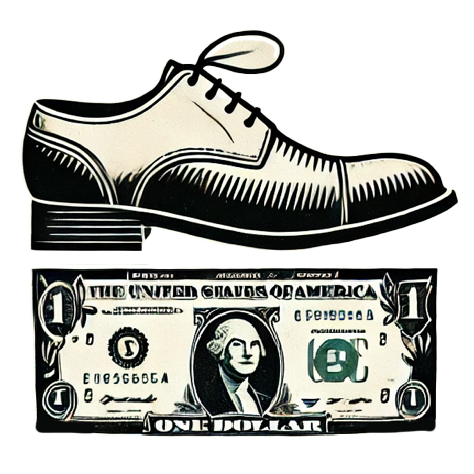Wells Fargo recently reported its first-quarter earnings, revealing a troubling divergence between expectations and reality. While the adjusted earnings per share (EPS) of $1.33 exceeded the anticipated $1.24, the revenue disclosed was $20.15 billion, falling short of Wall Street’s forecast of $20.75 billion. Such a disparity in revenue is alarming for investors who often rely on robust performance metrics as indicators of long-term growth potential. The declining revenue, down 3% from the previous year, signals underlying challenges that the bank may face in a shifting economic landscape.
Net Interest Income Drop
A critical metric for banks, net interest income, also told a discouraging story. Wells Fargo’s net interest income decreased by 6% year-over-year to $11.50 billion. This decline is particularly worrisome as it reflects the bank’s struggles to capitalize on loan demand and manage interest rates effectively. For investors, an ongoing downslide in this key performance indicator raises questions about the bank’s operational efficiency and ability to navigate future rate changes.
Shareholder Uncertainty and Buybacks
Although the bank managed to repurchase 44.5 million shares worth $3.5 billion, this move might come across as a desperate attempt to bolster share prices in the face of disappointing earnings. While buybacks are generally seen as a positive sign of confidence, they can also be perceived as masking underlying issues. True financial strength should originate from sustainable growth, not simply from returning cash to shareholders.
Economic Volatility and Trade Concerns
CEO Charlie Scharf’s comments on economic uncertainty echo a sentiment many share—trade tensions and shifting policies bring volatility that is difficult to navigate. While he expressed conditional support for the Trump administration’s trade policy shifts, the associated risks cannot be understated. The economy is already feeling the strain from these actions, and both businesses and consumers could suffer should the situation deteriorate further.
Scharf’s remarks hint at an anticipatory stance for a “slower economic environment in 2025,” a projection that casts a shadow over future growth. If Wells Fargo is preparing for adverse conditions yet again, it may electrify investor unease and stress the necessity for the bank to pivot swiftly in its strategies.
Credit Loss Provisions Increase
In a further sign of caution, Wells Fargo set aside $932 million as a provision for credit losses, albeit with a noted decrease in the allowance for such losses. This duality presents a complex picture; while caution is prudent in uncertain times, excessive provisions can erode profits and, by extension, investor confidence. As such, stakeholders must carefully examine the implications of this move amidst the bank’s overall risk management strategy.
Wells Fargo’s latest earnings paint a multifaceted portrait of a bank grappling with short-term operational challenges even as it maneuvers through a volatile economic backdrop.

